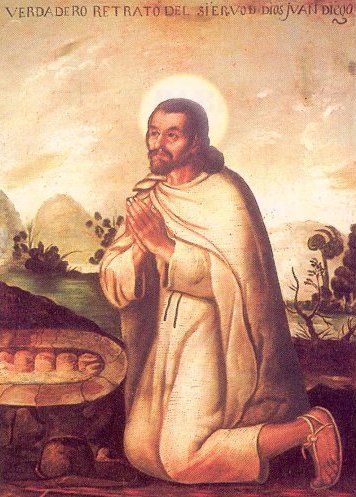Tilmàtli on:
[Wikipedia]
[Google]
[Amazon]



 A ''tilmàtli'' (or ''tilma''; nci, tilmahtli, ) was a type of outer garment worn by men as a cloak/ cape, documented from the late Postclassic and early Colonial eras among the
A ''tilmàtli'' (or ''tilma''; nci, tilmahtli, ) was a type of outer garment worn by men as a cloak/ cape, documented from the late Postclassic and early Colonial eras among the




 A ''tilmàtli'' (or ''tilma''; nci, tilmahtli, ) was a type of outer garment worn by men as a cloak/ cape, documented from the late Postclassic and early Colonial eras among the
A ''tilmàtli'' (or ''tilma''; nci, tilmahtli, ) was a type of outer garment worn by men as a cloak/ cape, documented from the late Postclassic and early Colonial eras among the Aztec
The Aztecs () were a Mesoamerican culture that flourished in central Mexico in the post-classic period from 1300 to 1521. The Aztec people included different ethnic groups of central Mexico, particularly those groups who spoke the Nahuatl ...
and other peoples of central Mexico
Mexico (Spanish language, Spanish: México), officially the United Mexican States, is a List of sovereign states, country in the southern portion of North America. It is borders of Mexico, bordered to the north by the United States; to the so ...
.
Styling
The garment was to be worn at the front like a long apron, or alternatively draped across the shoulders as a cloak. It was also frequently used as a carry-all.Significance
Several different types of the garment were in use, designed for the various classes in society. Upper classes wore a tilmàtli ofcotton
Cotton is a soft, fluffy staple fiber that grows in a boll, or protective case, around the seeds of the cotton plants of the genus '' Gossypium'' in the mallow family Malvaceae. The fiber is almost pure cellulose, and can contain minor pe ...
cloth
Textile is an umbrella term that includes various fiber-based materials, including fibers, yarns, filaments, threads, different fabric types, etc. At first, the word "textiles" only referred to woven fabrics. However, weaving is not the ...
knotted over the right shoulder, while the middle class used a tilmàtli made of ayate fibre
Fiber or fibre (from la, fibra, links=no) is a natural or artificial substance that is significantly longer than it is wide. Fibers are often used in the manufacture of other materials. The strongest engineering materials often incorporate ...
, a coarse fabric derived from the threads of the maguey agave. It was knotted over the left shoulder. The lower classes knotted the garment behind the neck
The neck is the part of the body on many vertebrates that connects the head with the torso. The neck supports the weight of the head and protects the nerves that carry sensory and motor information from the brain down to the rest of the body. In ...
, where it could serve for carrying.
Miraculous image
A very famous tilmàtli was that worn byJuan Diego
Juan Diego Cuauhtlatoatzin, also known as Juan Diego (; 1474–1548), was a Chichimec peasant and Marian visionary. He is said to have been granted apparitions of the Virgin Mary on four occasions in December 1531: three at the hill of Tepeyac an ...
in 1531; according to tradition, an image of the Virgin Mary
Mary; arc, ܡܪܝܡ, translit=Mariam; ar, مريم, translit=Maryam; grc, Μαρία, translit=María; la, Maria; cop, Ⲙⲁⲣⲓⲁ, translit=Maria was a first-century Jewish woman of Nazareth, the wife of Joseph and the mother of ...
appeared on it in the presence of the bishop
A bishop is an ordained clergy member who is entrusted with a position of authority and oversight in a religious institution.
In Christianity, bishops are normally responsible for the governance of dioceses. The role or office of bishop is ...
of Mexico City
Mexico City ( es, link=no, Ciudad de México, ; abbr.: CDMX; Nahuatl: ''Altepetl Mexico'') is the capital and largest city of Mexico, and the most populous city in North America. One of the world's alpha cities, it is located in the Valley o ...
.See Johnston (1981). The image is preserved in the Basilica of Our Lady of Guadalupe which attracts millions of pilgrims annually.
Notes
References
* {{DEFAULTSORT:Tilmatli Aztec clothing Our Lady of Guadalupe